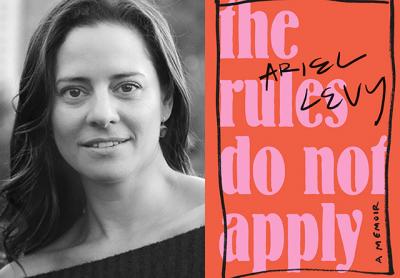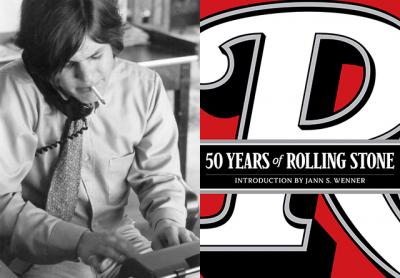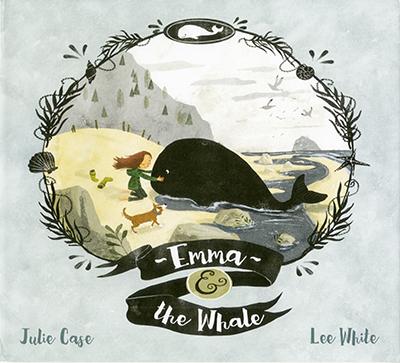The Poetry Marathon’s Back
The Poetry Marathon’s Back
Simon Perchik, Star Black, and Edward Butscher will usher in this summer’s iteration of the Poetry Marathon on Sunday at the East Hampton Town Marine Museum on Bluff Road in Amagansett.
There will be four readings this year, all of them this month. Each starts at 5:30 p.m. and is followed by a reception. The Marine Museum will be open for tours, as well.
Mr. Perchik, a prolific poet who lives in Springs, published his latest collection, “The B Poems,” with Poets Wear Prada at the end of last year. A review in The Star called it a deep exploration of the underworld in verse lacking all artifice.
Ms. Black has written several collections of poems and teaches in the M.F.A. program at Stony Brook Southampton. Mr. Butscher, formerly of East Hampton, won the Poetry Society of America’s Melville Cane Award for his biography “Conrad Aiken: Poet of White Horse Vale.” His work has appeared in American Book Review and the Saturday Review of Literature.
The marathon, founded by Bebe Antell and Sylvia Chavkin, is now headed up by Dee Slavutin of Springs, herself a poet. “It brings to the community the lyrical allure of the oral tradition,” she said in a release.






